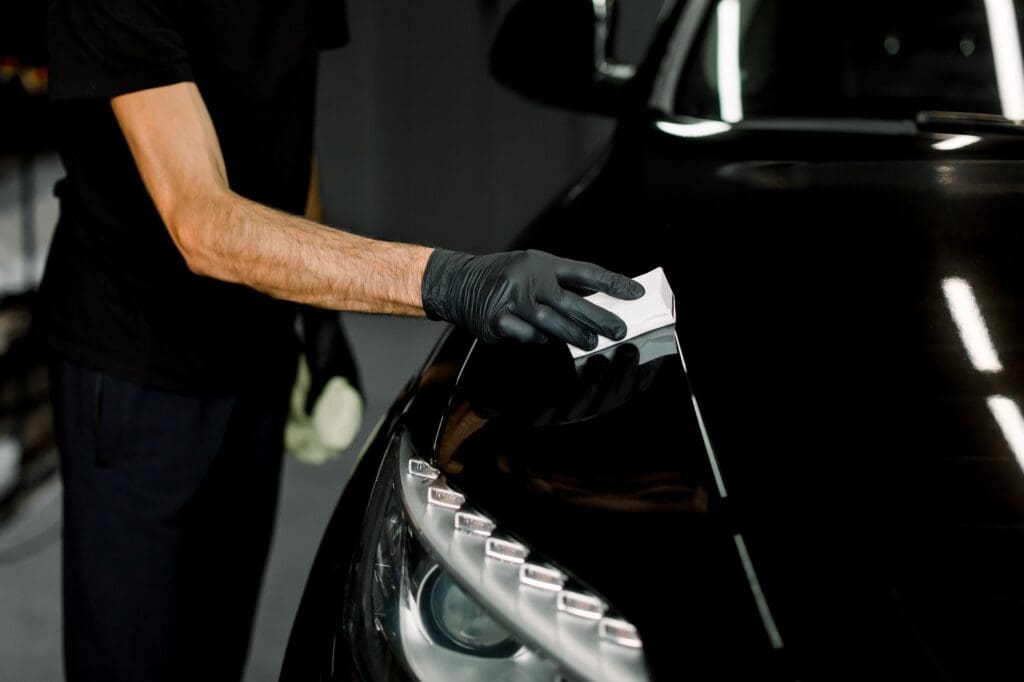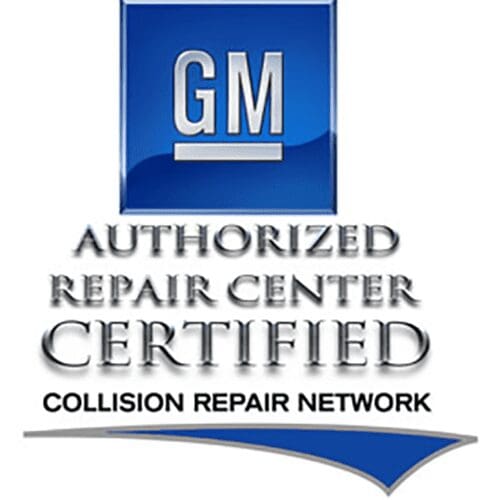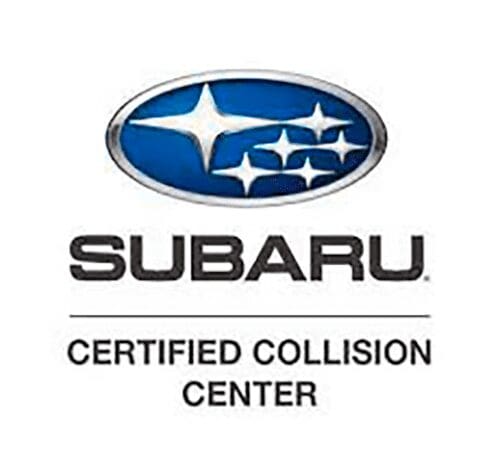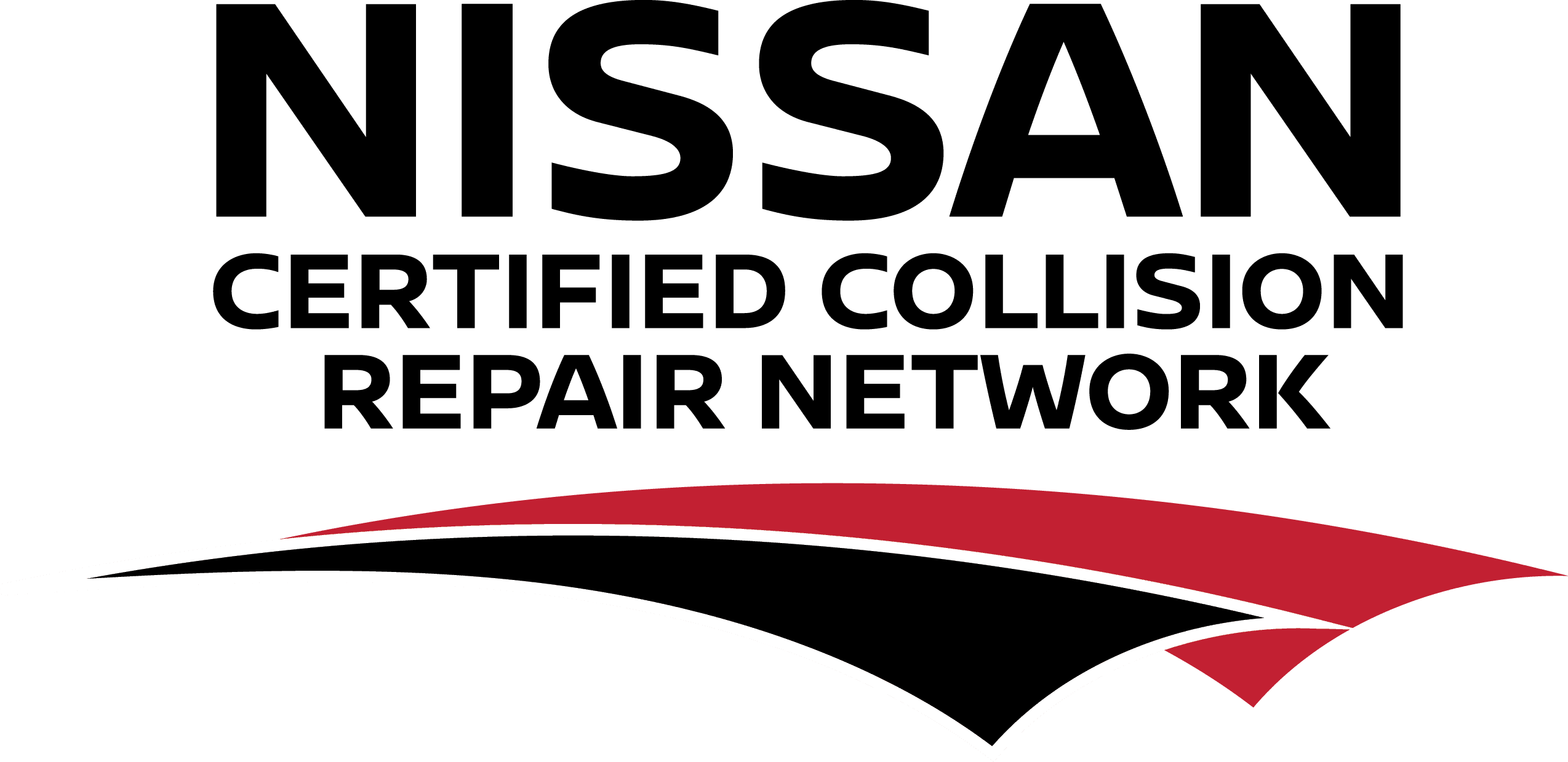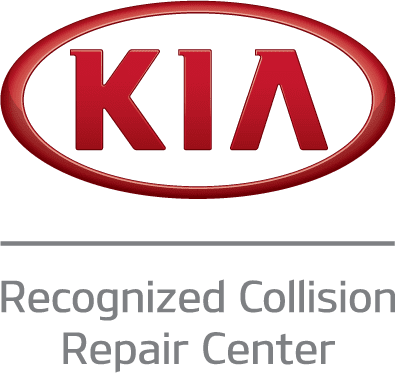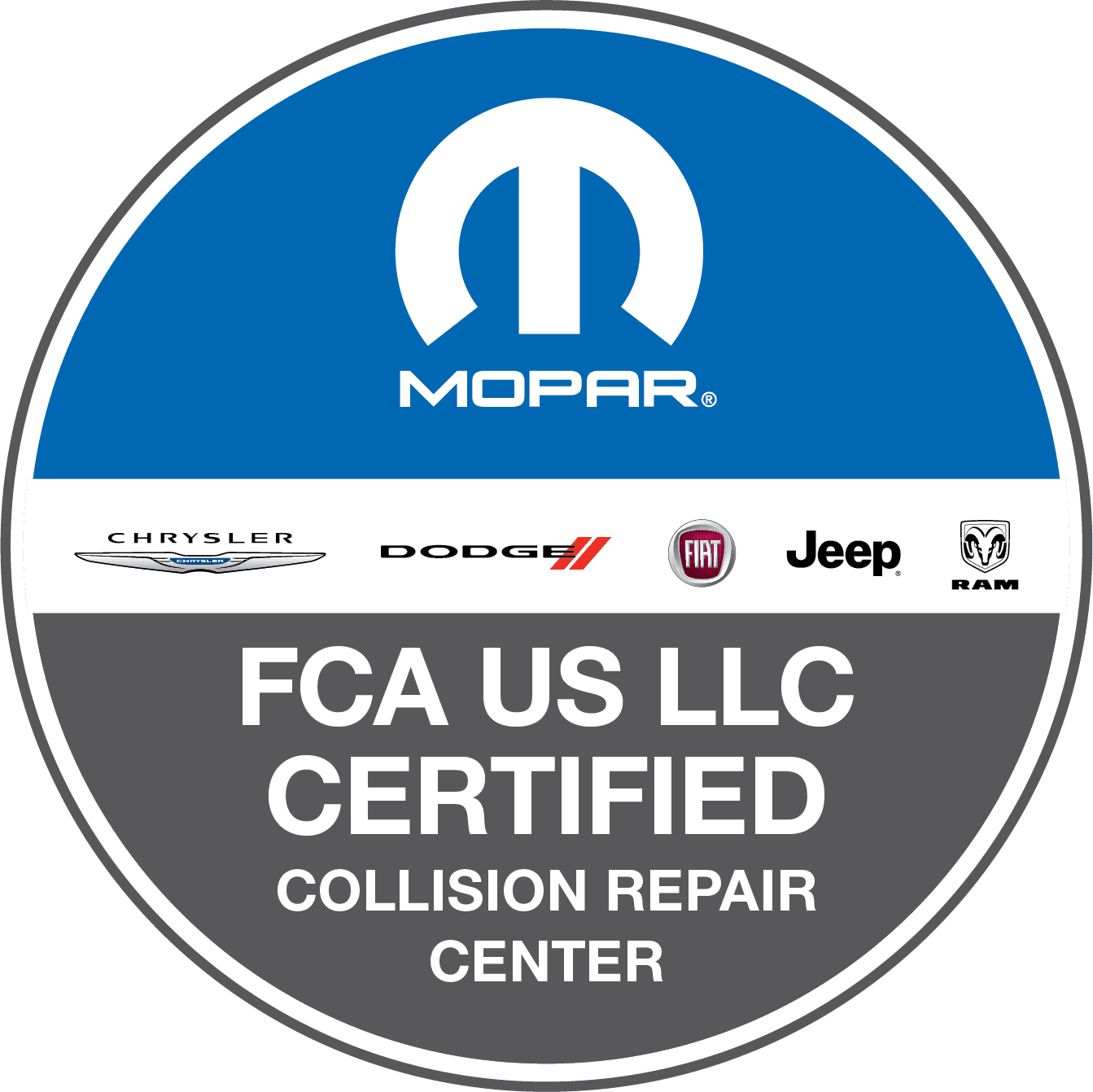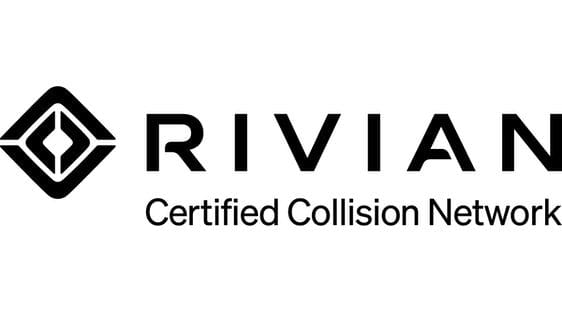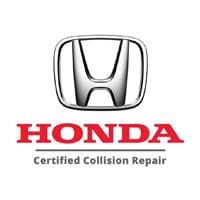Maintaining the pristine condition of your vehicle’s paint is essential for both aesthetic appeal and resale value. One of the most common threats to your car’s finish comes from rock chips and scratches caused by various debris on the road. In this article, we will explore effective strategies to protect your car from these nuisances, ensuring that your investment remains in top shape for years to come.
What are Rock Chips and How Do They Affect Your Car’s Paint?
Understanding Rock Chips and Their Causes
Rock chips, often referred to simply as chips, occur when small stones or debris strike the paint surface of your vehicle, typically while driving. These impacts can create tiny dents or blemishes on the hood, bumper, and even the windshield of your car. The primary cause of rock chips is the constant exposure to road debris, especially on highways or unpaved roads. As these contaminants make contact with your car’s finish at high speeds, they can cause significant paint damage, leading to unsightly marks and even rust if left untreated. Understanding the mechanics behind rock chips is vital for car owners wanting to take care of their vehicles effectively.
Impact of Rock Chips on Vehicle Value
The presence of paint chips and scratches can significantly diminish the condition of your car’s finish, which in turn affects its resale value. Potential buyers are often deterred by visible imperfections, perceiving them as indicators of neglect or poor maintenance. Furthermore, rock chips can lead to further paint damage if moisture seeps in, causing rust to develop beneath the surface. Therefore, it is imperative to address rock chips promptly and take preventive measures to maintain the aesthetic appeal and overall value of your vehicle.
How to Identify Rock Chips on Your Car
Identifying rock chips on your car is essential for maintaining your vehicle’s paint surface. Regular inspections can help you catch these minor flaws before they escalate into more significant issues. Look for tiny dots or marks on the hood, fenders, and mirrors, as these areas are most susceptible to damage from debris. Additionally, if you notice any areas where the paint has flaked or peeled, it may indicate a deeper problem that needs addressing. Keeping an eye on your car’s finish will help you stay ahead of potential issues and maintain the condition of your car’s exterior.
What Are the Best Methods to Prevent Rock Chips on Your Hood?
Using Paint Protection Film (PPF)
One of the most effective methods to prevent rock chips is the application of paint protection film (PPF). This clear vinyl coating acts as a barrier against debris and contaminants, helping protect your car from rock chips and scratches. PPF is designed to absorb the impact from small stones, significantly reducing the likelihood of damage to your vehicle’s paint surface. Many car owners opt for PPF due to its self-healing properties, which allow minor scratches to disappear over time, ensuring that your car’s finish remains flawless.
Benefits of Ceramic Coating for Scratch Prevention
Ceramic coating is another excellent option for those looking to protect their vehicles from paint damage. This liquid polymer bonds with the paint surface, creating a durable layer that offers significant protection against UV rays, chemical contaminants, and scratches. Unlike traditional wax, which requires frequent reapplication, ceramic coatings provide long-lasting protection, making them a worthwhile investment for car owners wanting to keep their vehicles looking pristine. Additionally, the hydrophobic properties of ceramic coatings help repel water, making it easier to wash and maintain your car’s finish.
Applying a Clear Bra: What You Need to Know
A clear bra is a specific type of PPF designed for high-impact areas such as the hood, bumper, and fenders. It provides a layer of protection against rock chips and other debris that can damage your vehicle’s paint. When applying a clear bra, it’s essential to choose a high-quality product, like those from 3M or other reputable brands. Proper installation is also crucial, as a poorly installed clear bra can lead to peeling or bubbling. Consider hiring a professional installer to ensure that your clear bra is applied correctly and will provide optimal protection for your car.
How Can Regular Maintenance Help Prevent Paint Scratches?
The Importance of Regular Washing and Detailing
Regular washing and detailing are essential components of maintaining your vehicle’s paint surface. Dirt, grime, and other contaminants can accumulate over time, leading to scratches and dullness in the finish. By washing your car frequently, you remove these harmful substances before they can cause damage. Additionally, detailing services can help restore your car’s shine and provide further protection against scratches and chips. Consider using a pH-balanced car wash soap and soft microfiber cloths to minimize the risk of scratching during the wash process.
Choosing the Right Wax for Paint Protection
Waxing your car is another crucial step in preserving its paint surface. A high-quality wax acts as a protective barrier against environmental contaminants and UV rays, preventing paint damage from occurring. When choosing a wax, look for products specifically designed for automotive use that offer a durable finish. Some waxes even contain additional ingredients to enhance protection against scratches and chips. Regularly waxing your vehicle will help keep your car’s finish looking fresh and protect your investment in the long run.
How to Inspect and Maintain Your Vehicle’s Surface
Regular inspections of your vehicle’s surface are vital for early detection of any issues that may arise. Take the time to check for paint chips, scratches, and other blemishes at least once a month. If you find any imperfections, address them promptly to prevent further damage. Additionally, maintaining your vehicle’s surface includes ensuring that all protective coatings, such as ceramic coating or PPF, remain intact. If you notice any signs of wear or damage, consider seeking professional help to reapply or repair these protective measures.
Are There Specific Products Recommended to Protect Your Car from Chips?
Comparing Paint Protection Film and Ceramic Pro
When deciding between paint protection film (PPF) and ceramic coatings like Ceramic Pro, it’s important to consider the specific needs of your vehicle. PPF is ideal for high-impact areas, while ceramic coatings offer comprehensive protection against scratches and contaminants. Both options have their advantages, and many car owners choose to use them in tandem for maximum protection. Evaluating your driving habits and the environment in which you typically operate your vehicle will help you make an informed decision about which product is the best option for protecting your car’s finish.
Top Brands for Protective Coatings
Several top brands have established themselves as leaders in protective coatings for automotive surfaces. 3M is renowned for its PPF products, while Ceramic Pro is recognized for its high-quality ceramic coatings. Other reputable brands include XPEL and SunTek for PPF, and Gtechniq for ceramic coatings. It’s crucial to research and choose reputable brands that offer warranties on their products, ensuring that you are investing in a protective solution that will stand the test of time.
How to Choose the Right Installer for Your Protective Film
Choosing the right installer for your protective film is just as important as selecting the product itself. Look for certified installers with experience in applying PPF and a solid reputation within the automotive community. Reading reviews and asking for recommendations from fellow car owners can help you find a qualified professional. Ensure that the installer offers a warranty on their work, which can provide peace of mind that your investment is protected. A skilled installer will ensure the film is applied correctly, maximizing its effectiveness in shielding your vehicle from rock chips and scratches.
What Should You Do If Your Car Already Has Rock Chips?
DIY Solutions for Repairing Paint Chips
If your car has already sustained rock chips, several DIY solutions can help repair paint chips effectively. One option is to use touch-up paint specifically designed for your vehicle’s make and model, which can be found at your local dealership or auto parts store. Applying the touch-up paint carefully can help conceal the chips and restore the appearance of your car’s finish. For deeper chips, consider using a paint correction compound to blend the area with the surrounding paint, ensuring a seamless appearance.
When to Consult a Dealer for Professional Repairs
While DIY repairs can be effective, there are instances when consulting a dealer or professional detailer is the best course of action. If the damage is extensive or if you’re unsure about your ability to repair it yourself, a professional can provide a more comprehensive solution. Professionals often have access to specialized tools and techniques that can restore your vehicle’s paint to its original condition. Additionally, they can offer advice on preventative measures to protect your car from future damage.
Preventing Further Damage After Paint Chips Occur
Once your vehicle has sustained rock chips, it’s essential to take immediate action to prevent further damage. Covering the affected areas with a protective sealant can help shield them from moisture and contaminants that could lead to rust. Regular washing and waxing will also help maintain the condition of your vehicle’s paint and prevent additional scratches from forming. Consistency in maintenance is key to preserving your car’s finish and ensuring it remains looking great for years to come.
For everything to make your ride look like new, call Graham Collision today.

